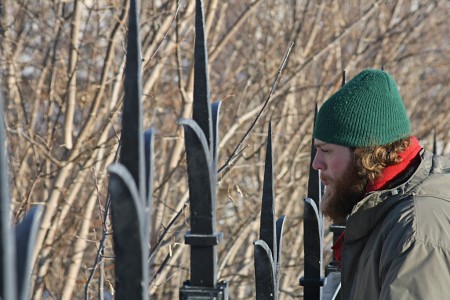
This series of lectures, published in book form, shows Margaret Atwood at her lively best. It is reminiscent of James Burke’s series ‘Connections,’ in which he traces a seemingly random path through history, choosing the most interesting and unexpected road at every juncture. In some ways, Atwood’s consideration of debt occurs in an even richer world, since it includes literature, mythology, and religion among the kind of paths that can be followed.
The first section of the book examines debt in a historical and conceptual way: considering different kinds of debt (financial, moral, spiritual, etc) as well as different modes of repayment. It considers the ethics of being a borrower and a lender, as well as the consequences that can arise for those who happen to be near either. Atwood’s examination highlights how lenders can err both in being too harsh on their debtors and in being too stingy with their money – both the vicious loan shark and the penny-pinching miser are culpable. The book discusses revenge as a special form of debt repayment, as well as the complexities that arise when debts are being incurred by states and princes. All this is made quite entertaining by the cleverness of the connections being identified, and the teasing and humorous tone of the narration.
The second section is an exposition of our current state of deep indebtedness, and a recognition that the greatest and most threatening of those debts are ecological. While Atwood’s updated Scrooge story includes asides on the unjustness of the World Bank and IMF, as well as the risks associated with fiat currencies, her primary concern is with the wanton destruction of the natural world that has been accelerating since the industrial revolution. She singles out overfishing, biofuels, deforestation, overpopulation, soil depletion, and climate change as examples, painting a general picture of extreme human recklessness. The redemptive vision is one based around neo-hippie victory: renewable power, an international agreement to stop climate change, and organic food for all.
The concluding story feels a bit trite, really. Any corporate baron paying the slightest bit of attention would already be jaded about the messages from the ghosts Atwood’s Scrooge Nouveau receives. That said, and while the literary merits of the first section exceed those of the second, it is appealing that this is a book of action as well as contemplation. It is hard not to agree with the thrust of Atwood’s argument. By all means, let’s increase the fairness of the global financial system and curb humanity’s self-destructive ways. This book contributes to that project by provoking a great deal of thought about the symbolism and meanings of debt. We will need to look beyond it for concrete ideas about how to overthrow or convert those who favour the status quo and thus bring about a sustainable (appropriately indebted) new order.
I say ‘appropriately indebted’ because the book makes a strong case that we can never really be out of debt. As social entities, there are always tallies of obligation between us, and nobody can ever be said to be sitting perfectly at the balance point of these transactions. Indeed, given the way they are denominated in different currencies (honour, favours, wealth), seeking such an outcome is hopeless. What we can attain is the position of borrowing and lending rightly, with forgiveness and an awareness and concern about the consequences for those around us and the wider world.
In any case, the book is highly topical, informative, and makes for a quick and rewarding read. It is telling that, while other books have been sitting around my apartment for months, I received this one in the mail yesterday and finished it today.







